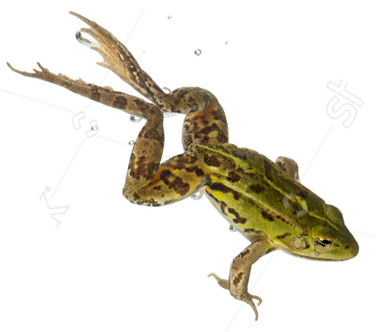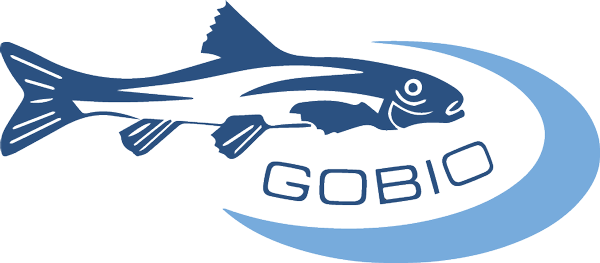
The AMA Test examines impacts on development transmitted via the hypothalamic-pituitary-thyroid axis (HHSA). Test organism of AMA Test is Xenopus laevis, the South African clawed frog. The development of vertebrates is mainly controlled by thyroid hormones. Especially in the early stages of development of the central nervous system, these hormones are of particular importance. Deficiencies during this sensitive period are irreversible and cause persistent damages to the physical and mental development. Therefore, it is important to recognize exogenous impacts on the Thyroid Hormone System (HHSA) in order to avoid impairments of the “normal development”.
The metamorphosis of frogs provides a variety of developmental endpoints / biomarkers reflecting the function of the thyroid hormone system.
The morphological changes of the young frog larvae are evident and measurable. A detailed normal table of development is established for Xenopus. This enables a reproducible classification of developmental stages and thereby identification of disorders. The activity state of the thyroid gland of tadpoles is evident in histological preparations. Therefore it is possible to draw conclusions on production / secretion of thyroid hormones from the histological examination of the tissue.
